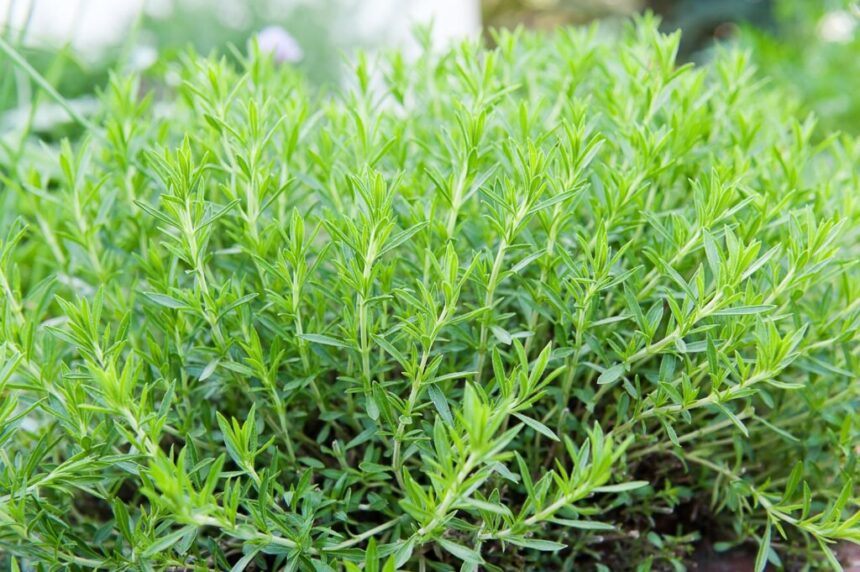Tarragon (Artemisia dracunculus) is a fragrant herb valued for its culinary and medicinal uses. It’s especially suited for farmers looking to diversify their crops with high-value herbs. This guide covers the entire process of growing tarragon in South African climates, from seed to harvest and storage.
1. Land Preparation
Proper land preparation is essential for a successful tarragon crop. Tarragon prefers well-drained, sandy loam soils with a pH between 6.0 and 7.5. Conduct soil tests to determine nutrient levels and amend as needed. Clear the field of debris, plow the soil to a depth of 20-30 cm, and add organic matter or compost to improve soil fertility. Ensure the land is level and free of standing water to prevent root rot.
2. Sowing Seeds
Tarragon can be grown from seeds, but germination rates can be low. It is often recommended to start with seedlings or root divisions for more consistent results. If sowing seeds, do so in trays filled with seed-starting mix. Lightly press seeds into the soil, as they need light to germinate. Keep the trays in a warm environment (18-21°C) and maintain consistent moisture. Germination typically takes 14-21 days.
3. Transplanting and Spacing
Once seedlings reach 10-15 cm, they are ready to be transplanted to the field. Space plants about 45-60 cm apart in rows that are 60-90 cm apart. This spacing allows for adequate air circulation and growth.
4. Watering Requirements
Tarragon does not need excessive watering; overwatering can lead to root diseases. Irrigate once or twice a week, depending on rainfall, ensuring that the top 3-5 cm of soil stays moist but not saturated. Drip irrigation systems are ideal for providing consistent moisture without waterlogging.
5. Fertilization
Apply a balanced fertilizer (NPK 10-10-10) at the time of planting and supplement with compost or organic matter to promote healthy growth. Once the plants establish, side-dress with a nitrogen-rich fertilizer every 4-6 weeks during the growing season to enhance foliage production.
6. Growth Stages
- Seedling Stage (0-4 weeks): Maintain light moisture and monitor for uniform growth.
- Vegetative Stage (4-10 weeks): Regularly check for pests and apply side-dressing as needed.
- Mature Stage (10+ weeks): Focus on maintaining optimal moisture and prepare for harvesting.
7. Pest and Disease Management
Tarragon is generally resilient but can be affected by aphids, spider mites, and fungal diseases like powdery mildew. Inspect plants regularly and use organic pesticides, such as neem oil, at the first sign of pest activity. For fungal issues, apply fungicides if cultural controls (e.g., proper spacing and air circulation) do not suffice.
8. Use of Pesticides and Herbicides
Apply pesticides only when pest levels threaten crop health and always follow recommended guidelines. Herbicides can be used sparingly to manage weed competition; manual weeding or mulching is often preferable to reduce chemical input.
9. Harvesting Tarragon
Tarragon is ready for harvest 60-90 days after planting when stems reach at least 30 cm. Harvest in the morning when oils are most concentrated. Cut stems about 10 cm above the base to encourage regrowth.
10. Storage
For fresh use, store harvested tarragon in a damp cloth in the refrigerator, where it can last up to two weeks. For long-term storage, dry the leaves in a well-ventilated area and store them in airtight containers away from direct sunlight.
Growing tarragon in South Africa can be a profitable endeavor with the right approach. By preparing the land properly, using appropriate watering techniques, managing pests, and applying fertilizers strategically, farmers can achieve healthy yields. Monitoring for diseases and timely use of pesticides will ensure crop quality and sustainability.







